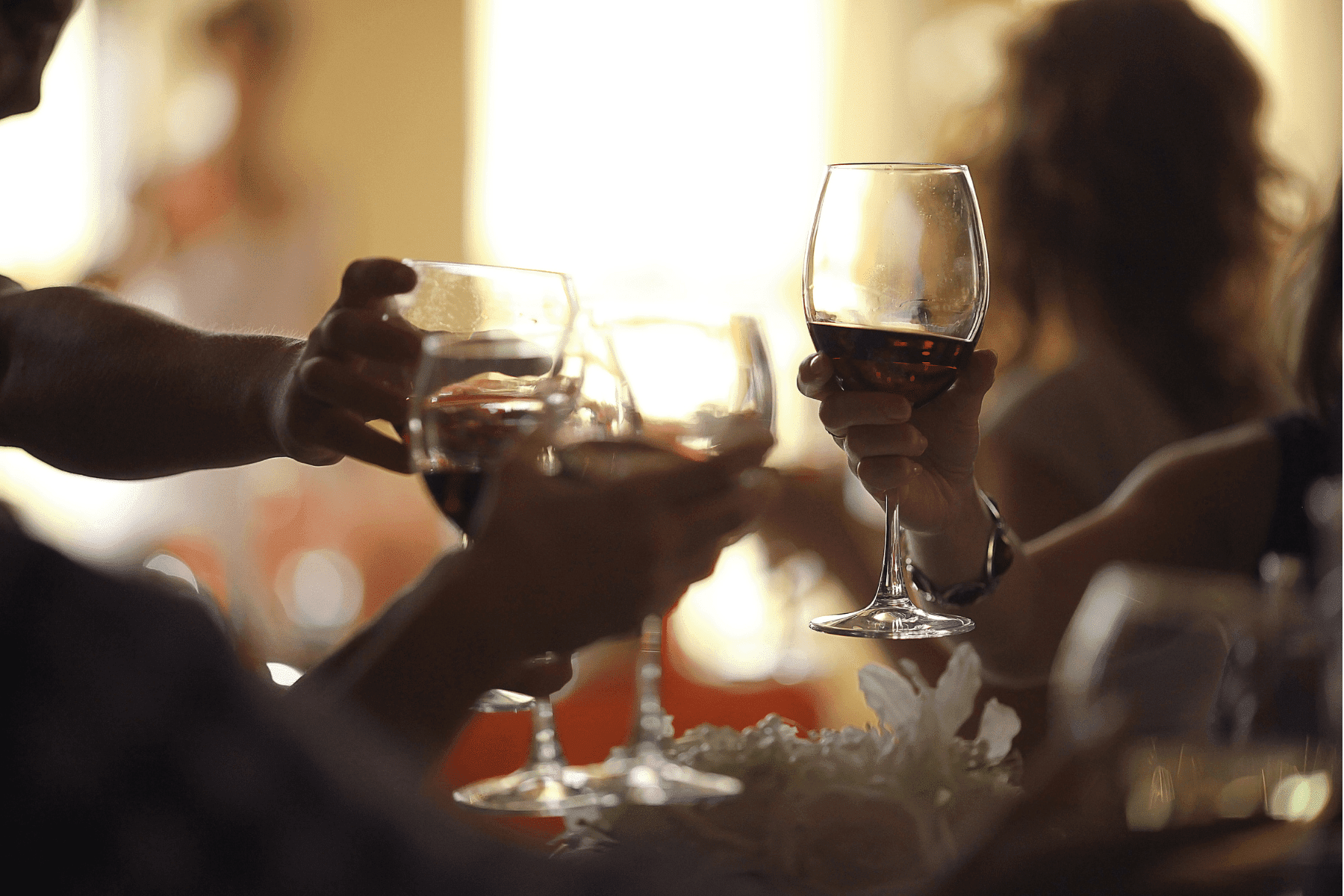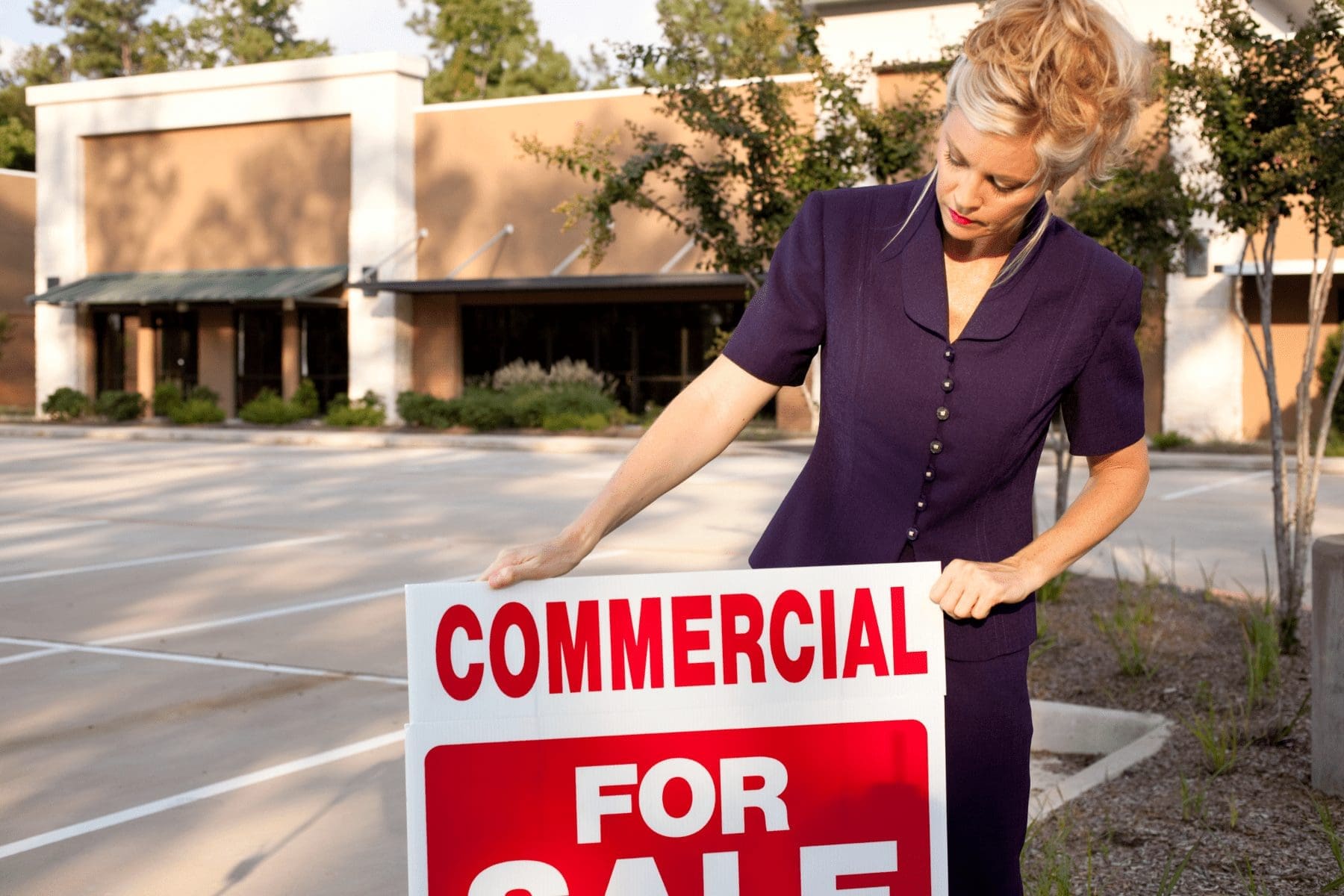There are several outdoor dining risks for your restaurant to consider. No matter which outdoor dining structures your establishment uses—whether it’s tents, yurts, plastic pods, decks, or patios—the primary concerns remain the same. The location of your outdoor dining area, fire hazards, and severe weather are all serious risks to consider. Here are the primary hazards associated with outdoor dining and how to mitigate them best.
Location
First, selecting an appropriate location for your outdoor dining area is essential. Without a proper location, your outdoor dining operations could threaten the safety of customers, employees, and passersby. As such, follow these location tips:
- Have your outdoor dining location approved by your local jurisdiction, which could be the fire department or the local building department.
- Ensure your area is away from passing traffic or anywhere people could be potentially struck. Visible barriers, wheel stops, and signs can be used to notify motorists of pedestrian traffic.
Slips, Trips, and Falls
If outdoor dining areas have been expanded into places that weren’t previously established dining spaces, there may be an increased risk for slip, trip, and fall accidents. This risk is especially true if the outdoor dining area is in part of the parking lot—where cracks and potholes can arise. Consider these slip, trip, and fall prevention guidelines:

- Ensure there is good lighting in your outdoor dining space.
- Keep temporary cords and other trip hazards out of the way.
- Make sure your area stays organized and clear of clutter or other obstructions.
- Stay up to date and compliant with all state and local outdoor dining safety codes.
Entrance and Exit Safety
Poorly placed outdoor dining areas could block the exits of adjacent buildings and prevent people from escaping or stop emergency responders from assisting in the case of a disaster. To avoid these issues:
- Ensure your outdoor dining area is at least 10 feet between stake lines to account for emergency egress needs.
- Do not place your area anywhere that will block the exits to other buildings or prevent the emergency responders from accessing the properties.
Fire and Carbon Monoxide
Many restaurant owners may consider adding heaters to their outdoor dining arrangements in winter. While outdoor heaters may be necessary for customer comfort, it introduces several new hazards—including fires, burns, and carbon monoxide poisoning. To limit these hazards:
- Never leave outdoor heaters unattended. Turn heaters off when not in use.
- Place fire extinguishers near outdoor heaters and ensure employees are adequately trained to put out a fire if one occurs.
- Keep the flames from outdoor heaters guarded to avoid contact with customers and keep flammable materials away.
- Ensure any outdoor tents are fire resistant and compliant with National Fire Protection Association (NFPA) standards—namely, NFPA 701.
- Never allow smoking in outdoor tents. Make sure the “No Smoking” signage is clearly posted.
- Place outdoor heaters on level surfaces where they cannot tip. All heaters should have auto-shutoff capabilities in case a tip occurs.
- Don’t place the outdoor heaters too close to windows or air vents.
- Only use heaters in their intended environments. Keep in mind that outdoor heaters can cause carbon monoxide exposures when used indoors.
Weather
Many temporary outdoor dining structures are not meant to remain outside in the winter. High winds can be a threat to umbrellas and tents. Further, unsecured umbrellas can tip over or become projectiles. Lightning strikes also threaten customers and employees if they are outside during a storm. To mitigate adverse weather exposures:
- Know the wind and snow rating of your outdoor tents.
- Monitor the weather and plan to escort guests to safety if a storm hits.
- Secure outdoor tents and umbrellas so that they can’t blow away.
- Have a plan for taking down umbrellas and tents in case of severe weather.
There are several outdoor dining risks for your restaurant to consider. No matter which outdoor dining structures your establishment uses—whether it’s tents, yurts, plastic pods, decks, or patios—the primary concerns remain the same. The location of your outdoor dining area, fire hazards, and severe weather are all serious risks to consider. Here are the primary hazards associated with outdoor dining and how to mitigate them best.
Location
First, selecting an appropriate location for your outdoor dining area is essential. Without a proper location, your outdoor dining operations could threaten the safety of customers, employees, and passersby. As such, follow these location tips:
- Have your outdoor dining location approved by your local jurisdiction, which could be the fire department or the local building department.
- Ensure your area is away from passing traffic or anywhere people could be potentially struck. Visible barriers, wheel stops, and signs can be used to notify motorists of pedestrian traffic.
Slips, Trips, and Falls
If outdoor dining areas have been expanded into places that weren’t previously established dining spaces, there may be an increased risk for slip, trip, and fall accidents. This risk is especially true if the outdoor dining area is in part of the parking lot—where cracks and potholes can arise. Consider these slip, trip, and fall prevention guidelines:

- Ensure there is good lighting in your outdoor dining space.
- Keep temporary cords and other trip hazards out of the way.
- Make sure your area stays organized and clear of clutter or other obstructions.
- Stay up to date and compliant with all state and local outdoor dining safety codes.
Entrance and Exit Safety
Poorly placed outdoor dining areas could block the exits of adjacent buildings and prevent people from escaping or stop emergency responders from assisting in the case of a disaster. To avoid these issues:
- Ensure your outdoor dining area is at least 10 feet between stake lines to account for emergency egress needs.
- Do not place your area anywhere that will block the exits to other buildings or prevent the emergency responders from accessing the properties.
Fire and Carbon Monoxide
Many restaurant owners may consider adding heaters to their outdoor dining arrangements in winter. While outdoor heaters may be necessary for customer comfort, it introduces several new hazards—including fires, burns, and carbon monoxide poisoning. To limit these hazards:
- Never leave outdoor heaters unattended. Turn heaters off when not in use.
- Place fire extinguishers near outdoor heaters and ensure employees are adequately trained to put out a fire if one occurs.
- Keep the flames from outdoor heaters guarded to avoid contact with customers and keep flammable materials away.
- Ensure any outdoor tents are fire resistant and compliant with National Fire Protection Association (NFPA) standards—namely, NFPA 701.
- Never allow smoking in outdoor tents. Make sure the “No Smoking” signage is clearly posted.
- Place outdoor heaters on level surfaces where they cannot tip. All heaters should have auto-shutoff capabilities in case a tip occurs.
- Don’t place the outdoor heaters too close to windows or air vents.
- Only use heaters in their intended environments. Keep in mind that outdoor heaters can cause carbon monoxide exposures when used indoors.
Weather
Many temporary outdoor dining structures are not meant to remain outside in the winter. High winds can be a threat to umbrellas and tents. Further, unsecured umbrellas can tip over or become projectiles. Lightning strikes also threaten customers and employees if they are outside during a storm. To mitigate adverse weather exposures:
- Know the wind and snow rating of your outdoor tents.
- Monitor the weather and plan to escort guests to safety if a storm hits.
- Secure outdoor tents and umbrellas so that they can’t blow away.
- Have a plan for taking down umbrellas and tents in case of severe weather.
The Last Word
Dining risks are plenty, and the push towards more outdoor dining doesn’t decrease those risks. At InsureGood, we know restaurants and the unique risks you face daily. Get in touch with an InsureGood Advisor today to help you manage these risks so you can get back to growing your business.





